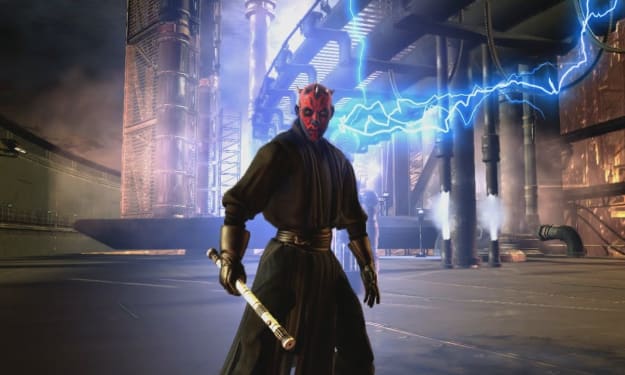Ray Tracing in the Gaming Industry
The Holy Grail of Gaming Graphics

For decades, game developers have been limited by the constraints of traditional rasterization techniques when it comes to visual effects and lighting simulations. But a new revolution is now underway that promises to deliver photorealistic virtual worlds: ray tracing. This groundbreaking technology traces the path of light to simulate reflections, refractions, global illumination and more - bringing visually stunning cinematic quality to real-time gaming.
Ray tracing has actually been used in film VFX production for years to produce incredibly lifelike CGI scenes. But the computational demands made real-time applications impossible - until now. As GPU power has exponentially increased, developers are finally able to leverage ray tracing for interactive experiences. Several major players in the industry are leading the charge in bringing this cutting-edge tech to both high-end PCs and next-gen consoles.
Nvidia made the first big push for real-time ray tracing with their RTX GPU line in 2018. Cards like the RTX 2080 feature dedicated RT Cores designed specifically for handling ray tracing calculations independently from traditional shading tasks. This hybrid approach balances performance with ray traced effects. Nvidia also released a suite of ray tracing APIs and tools through their RTX platform to help developers implement the technology across engines like Unity and Unreal Engine.
Some of the earliest games to showcase RTX ray tracing were Battlefield V and Metro Exodus. Players were stunned by the hyper-realistic lighting, shadows and reflections these titles delivered. Subsurface scattering brought skin and materials to life in a way that wasn’t possible before. Control from Remedy Entertainment also wowed critics with its imaginative ray traced particle effects and environmental interactions. It proved that ray tracing was about more than just photorealism - it enhances creative expression.
However, the high-performance demands still limited ray tracing to high-end PCs initially. But in 2019, both Microsoft and Sony revealed ray tracing would be a headline feature of their next-gen Xbox Series X/S and PlayStation 5 consoles. Their new systems feature custom RDNA 2 GPUs with dedicated ray tracing acceleration similar to Nvidia’s approach. This brought the technology to an even wider audience at higher visual fidelity than previous generations for the first time.
Launch titles like Spider-Man: Miles Morales and Call of Duty: Black Ops Cold War demonstrated the PS5’s ray tracing capabilities. While Flight Simulator and The Medium showcased the Xbox Series X pushing photogrammetry and global illumination further than believed possible on a console before. Third-party engines are also embracing ray tracing. The upgraded Unreal Engine 5 promises near-photoreal visuals on current-gen through techniques like Lumen and Nanite.
Moving forward, ray tracing will only become more prevalent as hardware evolves. Games over the next few years will continue refining implementation - from realistic acoustics and caustics to complex volumetric lighting simulations. Ray traced sound and physics interactions open new creative frontiers. AI upscaling will help low-spec PCs experience parts of this new world too. The benefits of ray tracing extend beyond realism to enhanced immersion and new artistic visions only possible through true light simulation. What was once a distant pipe dream is now ushering in a renaissance for interactive entertainment.
While rasterization still has its place, ray tracing represents the future of graphics. It delivers a more physically accurate representation of the way we experience the real world. As costs come down, within this decade it may become the standard rather than novelty. Ray tracing promises to continually elevate the visual bar and change what we think possible for games. The industry is now entering the most exciting period of graphical innovation in its history. Get ready to be immersed in photoreal virtual worlds beyond your wildest dreams.





Comments
There are no comments for this story
Be the first to respond and start the conversation.